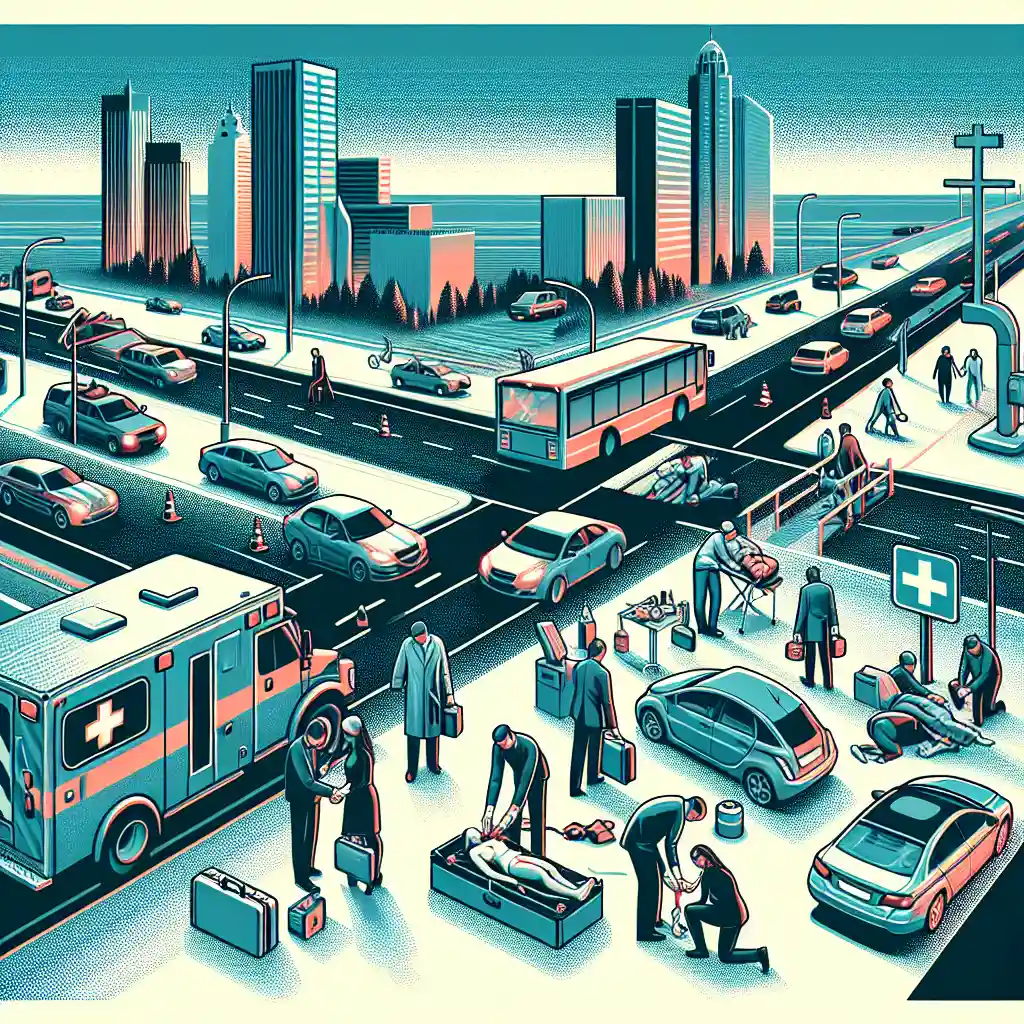A Stitch in Time: Basic Wound Care for Injuries in Car Accidents
In the chaos of a car accident, injuries are unfortunately all too common. Knowing how to provide basic wound care in such situations can make a significant difference in the outcome for those involved. This article will cover essential tips on wound care, injury treatment, and first aid for wounds in car accidents, ensuring you are prepared to handle medical emergencies effectively.

Understanding the Importance of Prompt Wound Care
Prompt wound care is crucial in preventing infections and promoting faster healing for injuries sustained in car accidents. It is essential to clean the wound thoroughly with mild soap and water to remove any debris or dirt that could lead to complications. Applying an antiseptic solution and covering the wound with a sterile bandage can help prevent infection and promote healing. Remember, even minor wounds can become serious if not properly cared for in a timely manner.
Assessing the Severity of the Wound
When providing first aid for wounds in car accidents, it's important to assess the severity of the injury before proceeding with treatment. If the wound is deep, gaping, or bleeding heavily, it may require professional medical attention. In such cases, applying pressure to control the bleeding and seeking immediate help from emergency services is crucial. However, for minor cuts and scrapes, basic wound care at the scene can help prevent complications down the line.
Dealing with Traumatic Injuries
In car accidents, traumatic injuries such as deep lacerations, bone fractures, or internal bleeding may occur, requiring a different approach to wound care. In cases of severe trauma, it is essential to stabilize the injured person and prioritize their safety before addressing the wound. Keeping the individual calm, applying pressure to control bleeding, and immobilizing any suspected fractures are critical steps in providing effective trauma care in such situations.
The Role of Proper Wound Dressing
Proper wound dressing is a key aspect of wound care in car accidents. After cleaning the wound, applying an appropriate dressing can help protect it from further contamination and promote healing. Utilizing sterile gauze pads, adhesive bandages, or non-adherent dressings can provide a barrier against infection while allowing the wound to breathe. Remember to change the dressing regularly and monitor the wound for any signs of infection, such as redness, swelling, or discharge.
Preventing Infection and Promoting Healing
In addition to immediate wound care, preventing infection and promoting healing are essential steps in the recovery process after a car accident. Keeping the wound clean and dry, avoiding activities that may strain the injury, and following any instructions provided by healthcare professionals can help facilitate the healing process. Knowing when to seek medical attention for worsening symptoms or signs of infection is crucial in ensuring optimal recovery for the individual.
Conclusion
In conclusion, basic wound care for injuries sustained in car accidents plays a vital role in ensuring the well-being of those involved. By understanding the importance of prompt treatment, assessing the severity of wounds, dealing with traumatic injuries effectively, and utilizing proper wound dressing techniques, you can provide valuable assistance in medical emergencies. Remember, being prepared and informed can make a significant difference in the outcome for individuals requiring injury treatment in such circumstances.



























